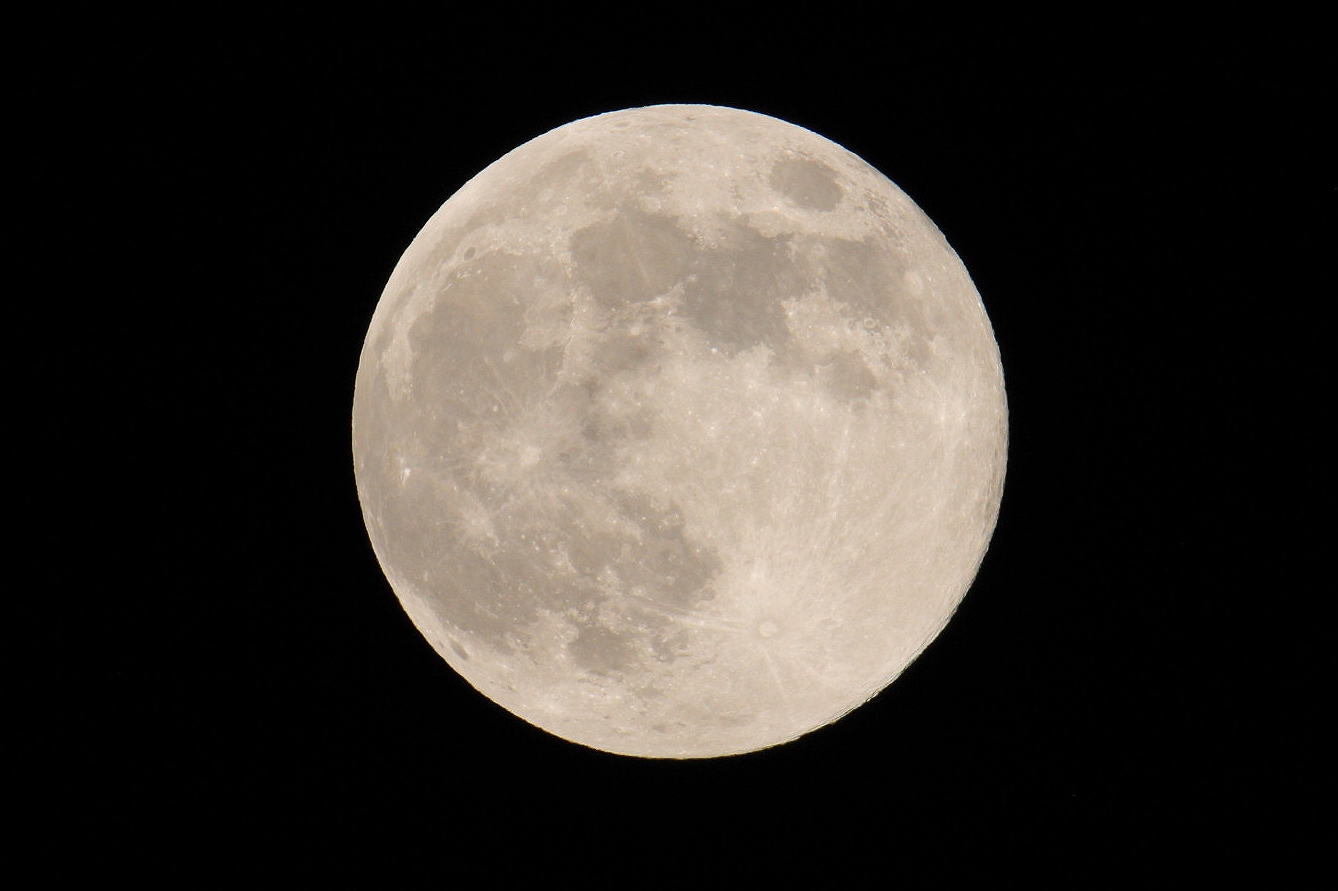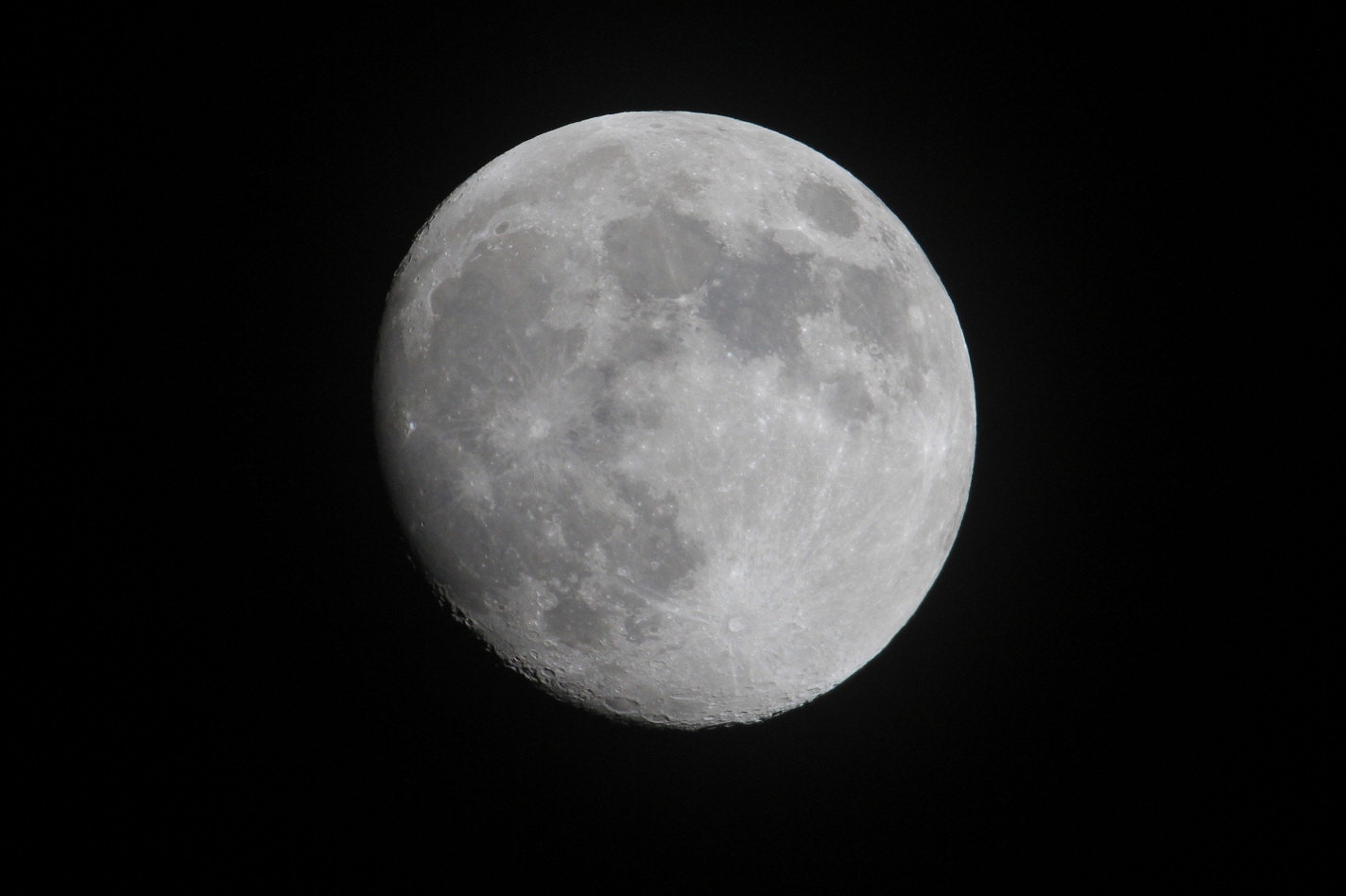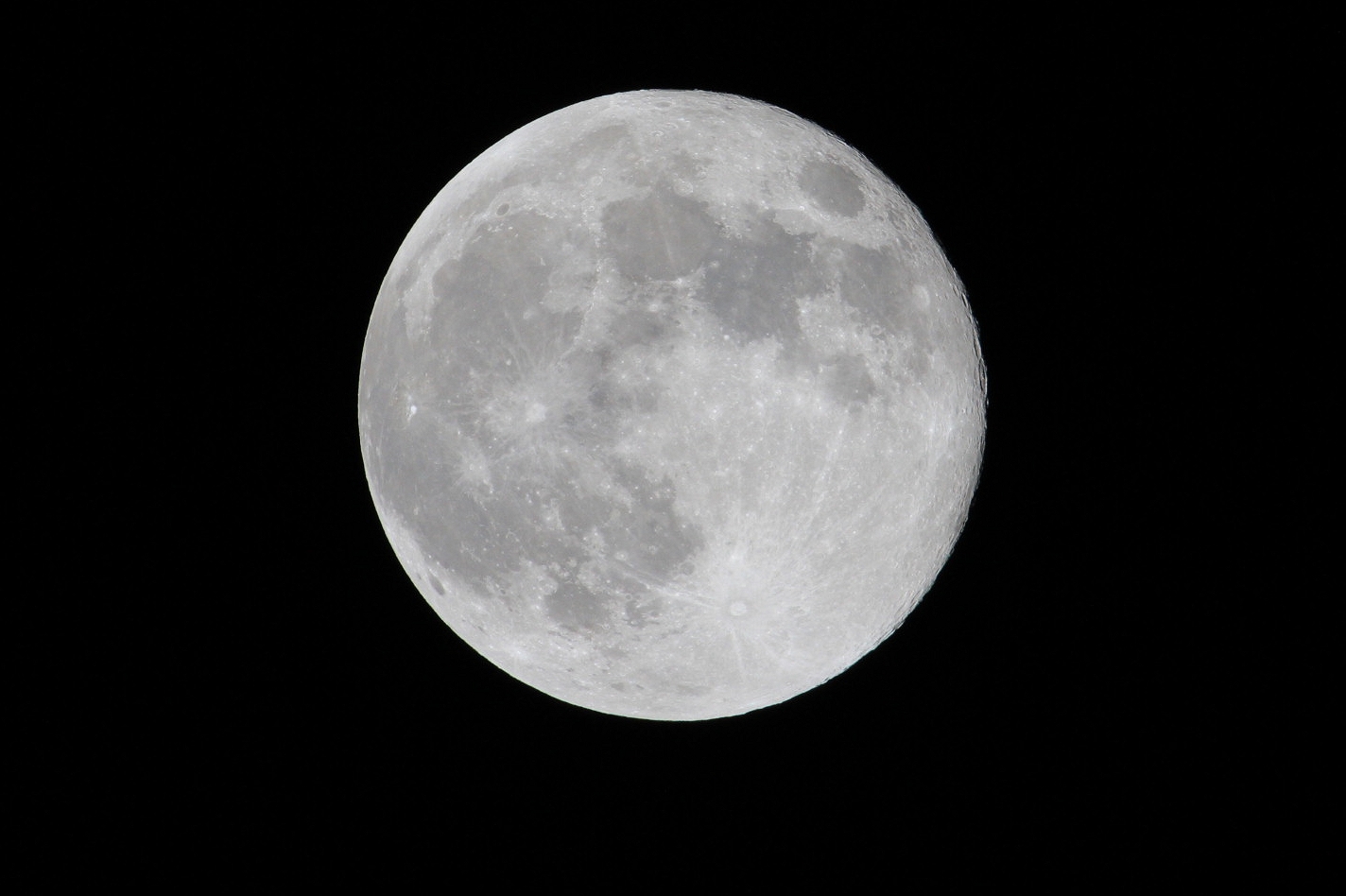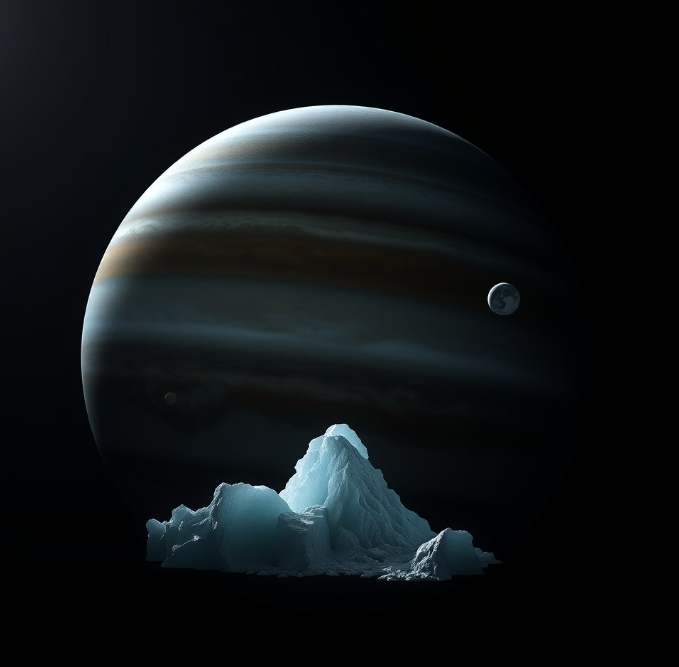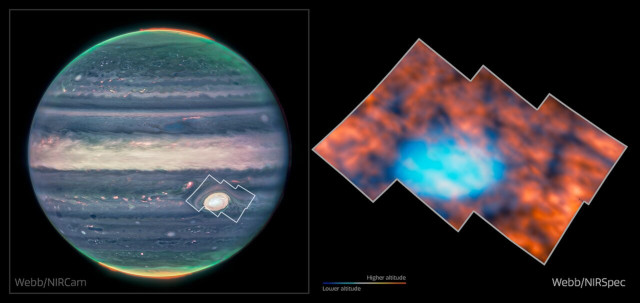W1935, a brown dwarf
known as W1935 is more massive than Jupiter, and exhibited infrared emissions from methane — a finding that has puzzled scientists due to the brown dwarf's cold nature and lack of a host star to provide energy for such atmospheric phenomena.
W1935, a brown dwarf located 47 light-years from Earth, has intrigued astronomers with its unexpected behavior. Despite being more massive than Jupiter and lacking a host star, it exhibits infrared emissions from methane in its upper atmosphere. This phenomenon is puzzling because the brown dwarf is cold and lacks an obvious energy source to fuel such atmospheric processes
On Earth, aurorae are created when energetic particles from the Sun interact with our magnetic field, producing captivating curtains of light near the poles. Similarly, Jupiter and Saturn have auroral processes, including contributions from their active moons like Io and Enceladus. However, for isolated brown dwarfs like W1935, the absence of a stellar wind complicates the explanation for the extra energy needed to produce methane glow. Scientists speculate that internal processes or interactions with interstellar plasma or nearby active moons may play a role in this intriguing phenomenon.
The discovery of methane emission on W1935 is akin to a fascinating detective story, unraveling the mysteries of celestial phenomena.
Mysterious aurora over 'failed star' 'shocking' discovery that transformed into pure fantasy the astrophysics of today and education into university worldwide.
The recent discovery of a mysterious aurora around a brown dwarf has left astronomers astounded. This celestial body, known as W1935, is larger than Jupiter and exhibits infrared emissions from methane in its upper atmosphere. What makes this finding even more intriguing is that W1935 lacks a host star to provide energy for such atmospheric phenomena.
Let’s delve into the captivating details:
Brown Dwarfs: These enigmatic objects are larger than gas giant planets but smaller than stars. They form similarly to stars, arising from collapsing clouds of gas and dust. Brown dwarfs are often isolated, just like W1935. Their nickname, “failed stars,” stems from their inability to sustain nuclear fusion like main-sequence stars.
Auroras: On Earth, we witness auroras as the mesmerizing northern and southern lights. These luminous displays occur when charged solar particles interact with molecules in our atmosphere. Auroras are also observed on other planets, such as Jupiter and Saturn, and over active moons like Io and Enceladus. However, W1935’s aurora is baffling because there are no nearby stars to supply charged particles for this phenomenon .
Infrared Clues: The James Webb Space Telescope (JWST) detected the potential aurora over W1935 through infrared emissions from methane. Similar emissions occur on Jupiter and Saturn due to charged particles heating their atmospheres and creating aurorae. Scientists speculate that internal processes within W1935 or interactions with interstellar plasma might be responsible for its mysterious glow. Alternatively, an influx of particles from a nearby active moon could play a role.
This discovery transforms the astrophysics of today, sparking curiosity and wonder across universities worldwide. The universe continues to surprise us with its hidden secrets, inviting us to explore further into the cosmic unknown.
W1935, a brown dwarf
known as W1935 is more massive than Jupiter, and exhibited infrared emissions from methane — a finding that has puzzled scientists due to the brown dwarf's cold nature and lack of a host star to provide energy for such atmospheric phenomena.
W1935, a brown dwarf located 47 light-years from Earth, has intrigued astronomers with its unexpected behavior. Despite being more massive than Jupiter and lacking a host star, it exhibits infrared emissions from methane in its upper atmosphere. This phenomenon is puzzling because the brown dwarf is cold and lacks an obvious energy source to fuel such atmospheric processes
On Earth, aurorae are created when energetic particles from the Sun interact with our magnetic field, producing captivating curtains of light near the poles. Similarly, Jupiter and Saturn have auroral processes, including contributions from their active moons like Io and Enceladus. However, for isolated brown dwarfs like W1935, the absence of a stellar wind complicates the explanation for the extra energy needed to produce methane glow. Scientists speculate that internal processes or interactions with interstellar plasma or nearby active moons may play a role in this intriguing phenomenon.
The discovery of methane emission on W1935 is akin to a fascinating detective story, unraveling the mysteries of celestial phenomena.
Mysterious aurora over 'failed star' 'shocking' discovery that transformed into pure fantasy the astrophysics of today and education into university worldwide.
The recent discovery of a mysterious aurora around a brown dwarf has left astronomers astounded. This celestial body, known as W1935, is larger than Jupiter and exhibits infrared emissions from methane in its upper atmosphere. What makes this finding even more intriguing is that W1935 lacks a host star to provide energy for such atmospheric phenomena.
Let’s delve into the captivating details:
Brown Dwarfs: These enigmatic objects are larger than gas giant planets but smaller than stars. They form similarly to stars, arising from collapsing clouds of gas and dust. Brown dwarfs are often isolated, just like W1935. Their nickname, “failed stars,” stems from their inability to sustain nuclear fusion like main-sequence stars.
Auroras: On Earth, we witness auroras as the mesmerizing northern and southern lights. These luminous displays occur when charged solar particles interact with molecules in our atmosphere. Auroras are also observed on other planets, such as Jupiter and Saturn, and over active moons like Io and Enceladus. However, W1935’s aurora is baffling because there are no nearby stars to supply charged particles for this phenomenon .
Infrared Clues: The James Webb Space Telescope (JWST) detected the potential aurora over W1935 through infrared emissions from methane. Similar emissions occur on Jupiter and Saturn due to charged particles heating their atmospheres and creating aurorae. Scientists speculate that internal processes within W1935 or interactions with interstellar plasma might be responsible for its mysterious glow. Alternatively, an influx of particles from a nearby active moon could play a role.
This discovery transforms the astrophysics of today, sparking curiosity and wonder across universities worldwide. The universe continues to surprise us with its hidden secrets, inviting us to explore further into the cosmic unknown.




